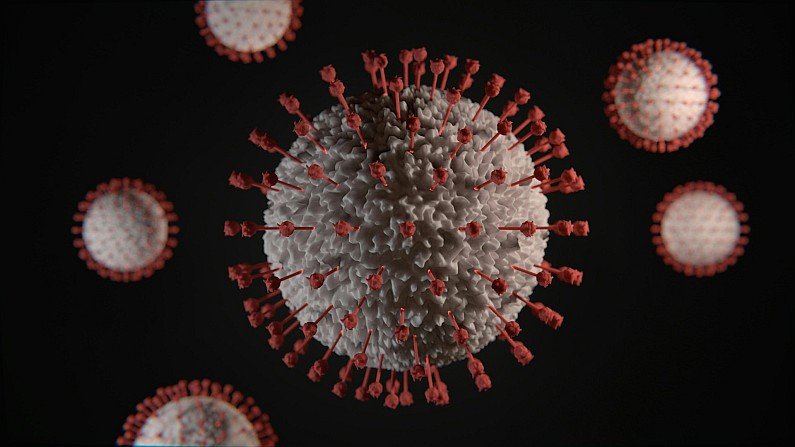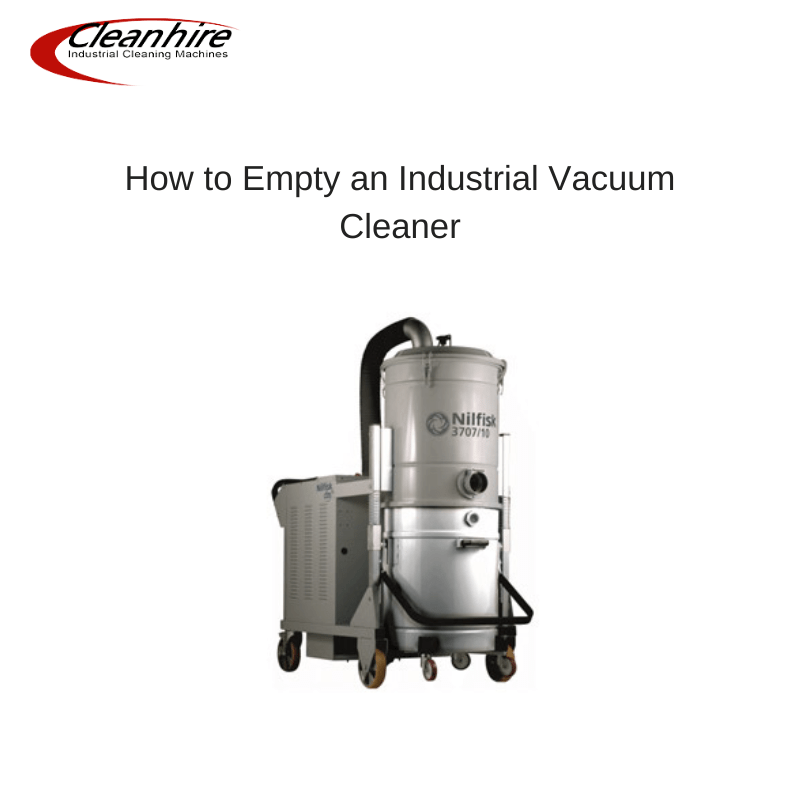[ad_1]
A while back, we talked about the dirtiest places in offices – where we uncovered the grimiest, grossest, gnarliest areas and pieces of equipment you encounter in a typical workday.
The obvious places, like the toilets, door handles and lift buttons, were shockingly all out-germed by one area…
Your desk.
That’s right. Your desk harbours 400 times as many bacteria as the average toilet seat. Yikes.
But while we’ve covered the places, we haven’t talked about the poison – the germs themselves. So, let’s get to know our enemy. What are these germs in our offices? What harm can they do? And how can we stop them from invading our bodies?
Know your enemy: the germs in your office
The creepiest thing about germs is that they’re mostly invisible. You can only really sense bacterial cultures and fungi when they’ve run away and bloomed into whole ecosystems. But they’re active and capable of harm long before this point. And in the microscopic realm of microbiology, the species are as diverse as those we find in jungles, rainforests, and oceans.
Bacteria, viruses, and fungi thrive in office spaces – particularly the high-touch surfaces that everyone uses. So, let’s put on our goggles, face masks and gloves, and get to know these germs a little better…
Bacteria
Bacteria come in all shapes and sizes – and a lot of the time, they are totally harmless. Actually, most of the time, bacteria are good. No, really! Without the bacteria in your gut, you wouldn’t be able to digest food. There’d be no such thing as yoghurt or cheese – and our planet would be overrun with waste if it weren’t for the bacteria that digest it!
But not all bacteria are friendly or useful. Certain strains can cause nasty infections and illnesses if they find their way into our bodies. They can get there in any number of ways: through cuts in our skin, through our airways, in our mouths, or even through our eyes.
In offices, common bacterial strains include Staphylococcus aureus, Escherichia coli, and Streptococcus species – more commonly known as Staph, E. coli and Strep. None of these are particularly good bacteria, either…
Common risks: skin, throat and gastrointestinal infections
Toilets and kitchen areas can spread bad bacteria like Salmonella and E. coli, which infect our stomachs and intestines. They can cause symptoms ranging from a mild stomach upset to severe, hospitalising illnesses.
Staph infections tend to affect the skin and eyes, or any open areas. While treatable, they’re uncomfortable, and if left to play out can lead to serious conditions like toxic shock or blood poisoning. Strep infections are more common in children, but adults can get them, too – causing throat and airway issues.
Viruses
Thanks to COVID, we’re more aware of viruses than ever before. Viruses are very different organisms to bacteria, but they affect us and enter our bodies in similar ways. In the confines of an office environment, viruses can spread rapidly – through our airways, through contact with contaminated surfaces, or through close contact with others. The biggest viruses found in office environments include the influenza virus (or flu), rhinovirus (which causes the common cold), and norovirus – which causes a particularly nasty gastrointestinal infection.
Common risk: cold and flu
Offices can spread colds rapidly among employees – through coughing, sneezing and poor cleaning of contaminated surfaces. It might seem like flu outbreaks and seasonal colds are part and parcel of office life, but they are in fact preventable. All it takes is good, regular cleaning and proper sickness procedures.
Basically, if someone feels unwell, send them home and clean down their workspace (while wearing PPE, of course). It’ll keep everyone healthy and promote a faster recovery for the affected individual.
Fungi
Fungi are way less common but can still find their niche in an office environment. Fungus gets a strong footing in areas with high humidity and poor ventilation, like kitchen and toilet or shower facilities in office blocks – but ceiling tiles, carpets and air conditioning ducts can also become excellent fungal hosts!
The big risk here is mould, which can harm everyone, but particularly those with asthma and compromised immune systems.
Common risks: respiratory and skin conditions
The inhalation of fungal spores can lead to life-threatening reactions in people with asthma. It’s not worth the risk to have mould or fungus in your office – so you need a “seek and destroy” attitude to fungus. Other issues to look out for are fungal skin and nail infections, like athlete’s foot in shower facilities – which while not dangerous, isn’t particularly nice, either.
So, now we know what we’re up against – how do we beat these germs?
Germ warfare: office cleaning strategies
Creating and maintaining a germ-free workplace requires more than just cleaning. You need your team to contribute and put in safeguards like sickness procedures.
Your employees need knowledge and awareness about basic hygiene. Don’t just assume everyone knows this stuff – you’ll be shocked! Instead, give guidance through induction training and promote a culture of cleanliness. Put up signage about proper cleaning and why it’s important, especially when it comes to hand washing, because good hand hygiene is a cornerstone of infection prevention and control in an office.
After these, your cleaning schedule is the next most vital ingredient to successfully controlling sickness and germs at work.
Regular office cleaning
Sticking to regular office cleaning schedules is essential for maintaining a clean and hygienic office – with deep office cleaning getting done at the right intervals.
Using disinfectants is also crucial for getting rid of germs on surfaces and high-touch areas. Look for disinfectants with proven efficacy against a broad spectrum of pathogens – but consider natural cleaners like vinegar and baking soda, too.
Focus on desks – keyboards, phones – and on shared equipment like staplers and hole punches.
And if you’ve got bigger problems, you could always try office fogging…
Beat the Bugs – with Professional Office Cleaning
Looking for help getting your office germ-free? Get professional office cleaning from The Abbey Cleaning Service. Call 029 2067 9323 today, and find out how we’ll help get your office clean – without disrupting your work day.




